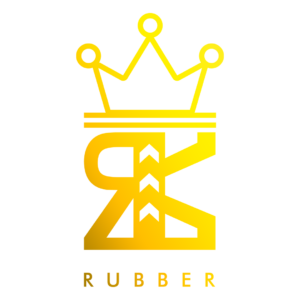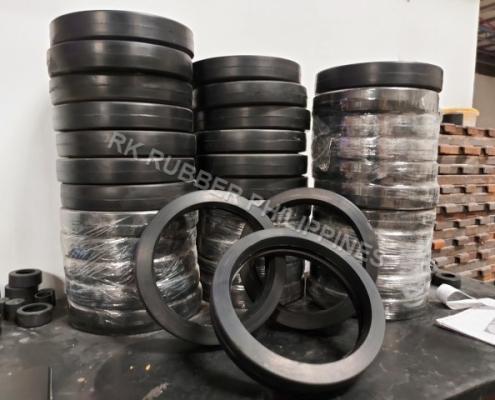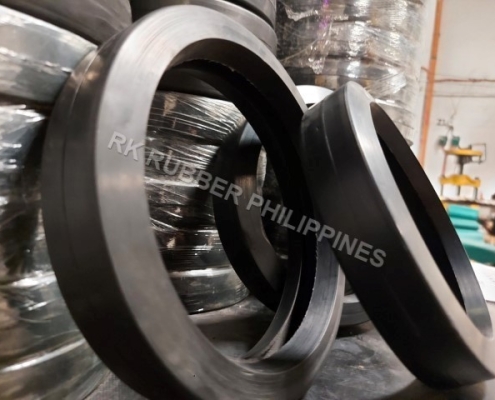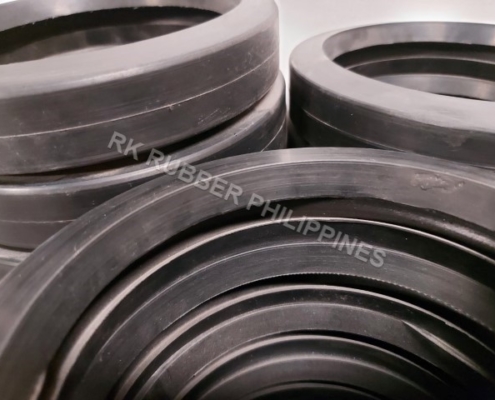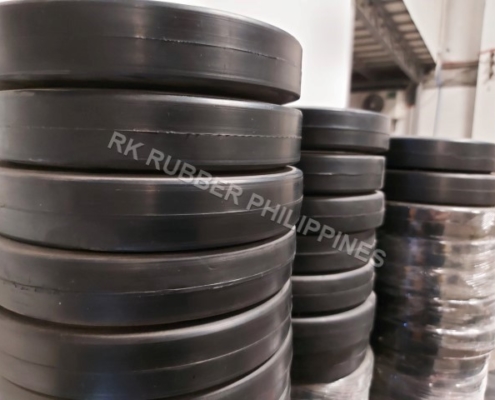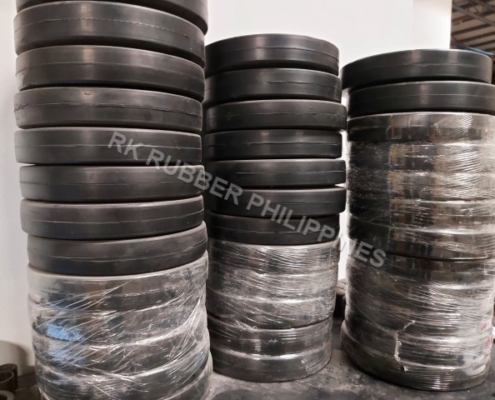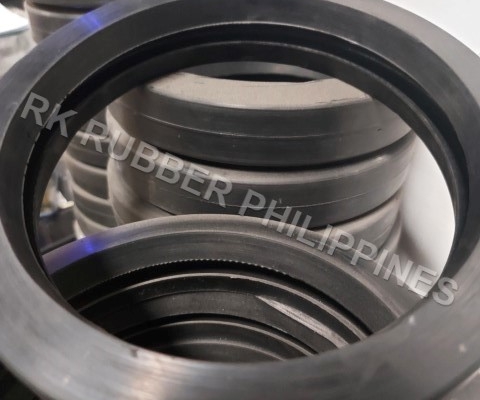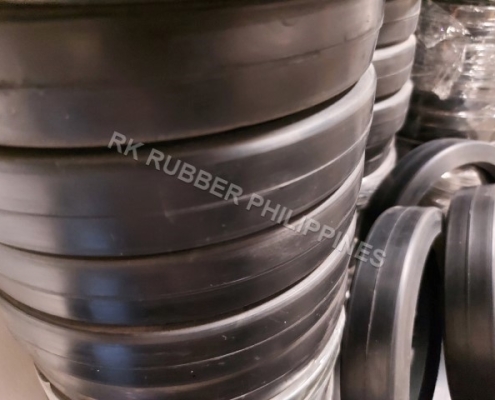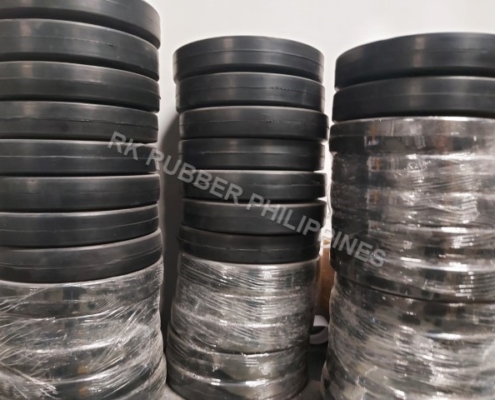Rubber Coupling Sleeve
The rubber coupling sleeve will help the shaft coupling protect the machine from vibration, shocks, and misalignment. It is suitable for various applications, including compressors, pump machines, mixers, huge motors, blowers, and other industrial machines. We manufacture different rubber coupling sleeves, and their misalignment capability will always depend on your specifications/needs. We ensure that our rubber coupling sleeve is maintenance-free, has no lubrication required, and is easy to install.
A coupling is a device used to connect two or more machine shafts to transmit power. This coupling combines the two rotating machines while allowing an end movement or a small amount of misalignment. Different types of coupling depend on various factors like the load of the machinery, horsepower, and torque. The most common type is flexible coupling, which can bend or flex slightly to tolerate a small degree of misalignment up to 1.5°. However, rigid couplings are used for a large amount of torque commonly found in modern machineries, such as turbines. Having shaft misalignment will affect the performance and lifespan of the machine. Other couples are donuts, diaphragm, elastic, bellows, bushed pin couplings, and more. These couplings are made differently, but they only have one purpose/goal; we can customize these rubber couplings for you and provide us with your specification.
It is made from EPDM and has good resistance to chemicals, moisture, and dirt. However, neoprene performs better for many applications and offers excellent oil and corrosive resistance.
History
The history of rubber coupling sleeve can be traced all the way back to ancient Greece, when it was first conceived as a way to connect two separate objects together. It allows engineers to reduce the vibration and noise associated with moving parts in machinery by providing an elastic barrier between them.
Over time, the development of rubber coupling sleeves has significantly improved. In the early days, it was made from leather or wood and consisted of only one piece. However, today’s designs have multiple components made from neoprene, silicone and other synthetic rubbers that offer increased durability and flexibility while still providing effective dampening capabilities. This technology has enabled engineers to create quieter machines with smoother operations due to their ability to absorb shocks better than any other material.
Applications of Rubber Coupling Sleeves
One of the most versatile and resilient tools used in industrial applications, with many uses across many industries. It can be used to join two or more items together securely without causing damage to the components being joined. Here are some different ways rubber coupling sleeves can be utilized:
- In the automotive industry, rubber coupling sleeves are used as flexible couplings between engine and transmission components, allowing for smooth movement while absorbing any vibrations that may occur during driving conditions. They’re also used as grommets to protect electrical wiring from abrasion or interference due to vibration, helping maintain peak performance levels in vehicles over time.
- They’re often employed as connectors between medical equipment such as respirators and incubators in the medical field.
- In the plumbing industry, rubber coupling sleeves transfer water from one pipe to another.
- They are also used in the aerospace industry. They can join two or more parts of an aircraft together, connecting the wings to the fuselage. They can provide flexibility and absorb shock, helping reduce the risk of damage to the plane during turbulence or other airborne events. They also help to reduce weight, as they are much lighter than metal components.
Metal Type vs. Rubber Type Coupling Sleeve
Rubber coupling sleeves are a popular choice for many applications due to their ability to absorb shock, vibration, and noise. But what other benefits do rubber coupling sleeves offer over metal-type coupling sleeves?
Regarding performance and longevity, rubber coupling sleeves outshine metal types when faced with dynamic loads. This is because the elasticity of rubber allows it to return to its original shape after being subjected to stress or strain – meaning less wear and tear on the sleeve itself. Additionally, rubber has superior insulation properties that reduce electrical interference between two connected parts. This makes them ideal for use in an environment where electricity is present.
In comparison, metal-type coupling sleeves are less resilient than their rubber counterparts. They are more prone to damage from harsh environmental elements such as extreme temperatures or corrosive substances.
Maintenance
There is no one-size-fits-all solution when it comes to caring for machinery. Different machines have different needs when it comes to maintenance and repair. Properly maintaining the rubber coupling sleeves is essential to ensure their performance. Here are some tips on how to maintain the rubber coupling sleeve:
Keep your rubber coupling sleeve away from direct sunlight or any heat source, as excessive exposure can degrade the material over time. Make sure there isn’t any dust accumulation within the part either; if there is, use a soft brush or cloth to clean it off gently. Also, inspect for cracks or tears in the material; if found, conduct repairs immediately for the machine’s successful operation.
Lubrication of coupling sleeves should be done regularly with oil-based lubricants specifically for rubber parts. Even though no metal parts can be lubricated, oil-based lubricants can provide better protection from potential corrosion. It will also prolong the life of your rubber coupling sleeve by significantly increasing its resistance to wear and tear.
For more information about rubber coupling sleeves and other customized rubber products, kindly contact our sales team.
Rubber Coupling Quick Details:
Application Type: Industrial, Aerospace, Engineering, Manufacturing
Material: EPDM, Polyurethane, Natural, Synthetic, and Neoprene rubber
Color: Black/may vary
Variants/ Type: May vary depending on the client’s specifications.
Purpose: Prevents misalignment, shocks loads, and vibration.
Below are some of the actual products and applications.
